Image of 1952 Singer 4ad, sourced from commons.wikimedia.org , Image Link.
Performance Metrics
Fundamental Metrics
Emotional Appeal
MMP Rating
| Engine Specifications | |
|---|---|
| Engine: | 1.5L I4 |
| Displacement: | 1497cc |
| Horsepower: | 58hp |
| Torque: | Not available |
| Compression Ratio: | Not available |
| Ignition System: | Coil ignition |
| Cooling System: | Water-cooled |
| Performance Specifications | |
| 0-60 Time: | Not available |
| 1/4 Mile Time: | Not available |
| Top Speed: | 75 mph |
| Transmission and Drive | |
| Drive Type: | Rear-wheel drive |
| Transmission Type: | 4-speed manual |
| Fuel and Efficiency | |
| Fuel System Type: | Carburetor |
| MPG: | Not available |
| Dimensions and Brakes | |
| Brakes: | Drum brakes |
| Wheelbase: | 97 inches |
| Weight: | 2100 lbs |
Note: Specifications for classic cars are given to the best of our ability, considering the limited and variant data available.
Introduction
Stepping into the world of classic British motoring, the 1952 Singer 4AD represents a blend of elegance and engineering prowess from a bygone era. Birthed by the Singer Motor Company, this vehicle emerged during a post-war period when the automotive industry was eager to satisfy a public hungry for innovation and style. The Singer 4AD was not just a car; it was a statement of craftsmanship and an emblem of British motoring heritage. One unique fact that car enthusiasts might find fascinating is that the 4AD model was among the last to wear the prestigious Singer badge before the company was fully absorbed by the Rootes Group.
Design and Innovation
The exterior of the 1952 Singer 4AD exudes a timeless charm, with its flowing lines and distinctive chrome grille that captures the essence of early '50s design. The vehicle's bodywork, crafted with attention to aerodynamics, featured rounded fenders and a sleek profile that was both aesthetically pleasing and functional. Inside, occupants were greeted with an interior that showcased quality materials such as rich leather upholstery and polished wood accents, reflecting the luxury standards of its time. Technologically, the Singer 4AD boasted features like independent front suspension and hydraulic brakes, which were advanced for its era. Color options ranged from classic hues to more vibrant tones, with deep maroons and British racing greens being particularly popular among buyers. The most iconic body style for the 4AD was arguably the Roadster, with its convertible top and sporty appeal.
Historical Significance
The Singer 4AD's impact on automotive design was subtle yet significant. It helped cement the notion that performance and luxury could coexist in a compact package. This car stood out from its contemporaries with its hand-finished details and commitment to driving pleasure, setting a benchmark for small sports cars that followed. Its lasting influence can be seen in how it paved the way for subsequent sports cars that valued driver engagement and design elegance.
Performance and Handling
Underneath its bonnet, the Singer 4AD housed an engine capable of delivering spirited performance for its time, with a top speed that could reach up to approximately 75 mph. Acceleration from 0-60 mph was modest by today's standards but competitive during its era. Handling characteristics were commendable; drivers often praised the car for its nimble response to steering inputs and ability to maintain composure on less-than-perfect road surfaces. The driving experience was characterized by the mechanical symphony of its engine and gearbox, providing an intimate connection between machine and motorist.
Ownership Experience
The 1952 Singer 4AD served various roles ranging from a reliable daily driver to a weekend showpiece or even as an entry-level racer in local motorsport events. Maintenance is typical of cars from this period—requiring some mechanical knowledge but generally straightforward due to simpler technology compared to modern vehicles. Reliability is as expected for a vintage car; regular upkeep is essential. However, parts availability can be challenging due to its rarity.
Fun Facts
A delightful piece of trivia about the Singer 4AD is that it occasionally graced celebrity garages and even appeared in period films, adding to its allure. While it may not have set world records, it held its own in club racing events. Criticisms were few but often centered around limited interior space—a common trait among sports cars of that time.
Collector's Information
Today, a well-preserved Singer 4AD can be quite valuable to collectors. Production numbers were relatively low compared to mass-produced vehicles of today, with estimates suggesting only several thousand units were made. Current market values can vary widely based on condition but typically range from $20,000 to $40,000 or more for pristine examples. As with many classic cars, appreciation potential is strong given their historical significance and limited numbers—making them more desirable over time.
Conclusion
The 1952 Singer 4AD stands as a testament to British automotive craftsmanship during a pivotal time in history. It embodies an era where driving pleasure and elegance were paramount—a philosophy that continues to resonate with classic car enthusiasts around the globe. As we look back on this remarkable machine, it's clear that its legacy is much more than just metal and rubber; it's about passion, heritage, and an enduring love affair with the open road.
1952 Singer 4ad Catalog of Parts
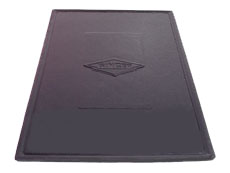 1952 Singer 4AD Accessory Floor Mat - 12"X17"-AC 48Accessory Floor Mat - made of high quality black rubber with molded original emblem. Also designed to be sewn into new carpets. 12"X17", Each
1952 Singer 4AD Accessory Floor Mat - 12"X17"-AC 48Accessory Floor Mat - made of high quality black rubber with molded original emblem. Also designed to be sewn into new carpets. 12"X17", Each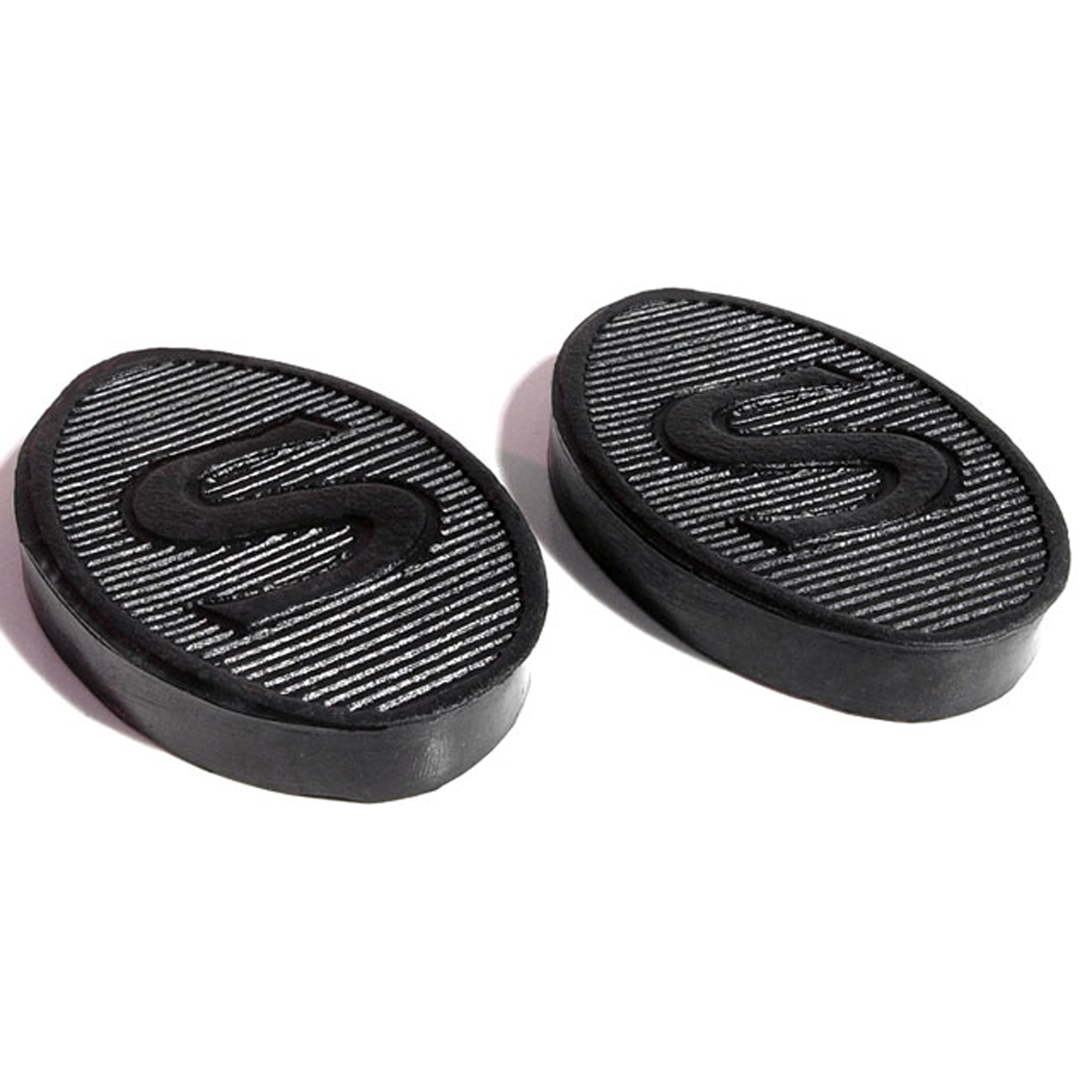 1952 Singer 4AD Clutch and Brake Pedal Pads. 1-3/4" wide X 3" long. Pair-CB 98Clutch and Brake Pedal Pads. 1-3/4" wide X 3" long. Pair
1952 Singer 4AD Clutch and Brake Pedal Pads. 1-3/4" wide X 3" long. Pair-CB 98Clutch and Brake Pedal Pads. 1-3/4" wide X 3" long. Pair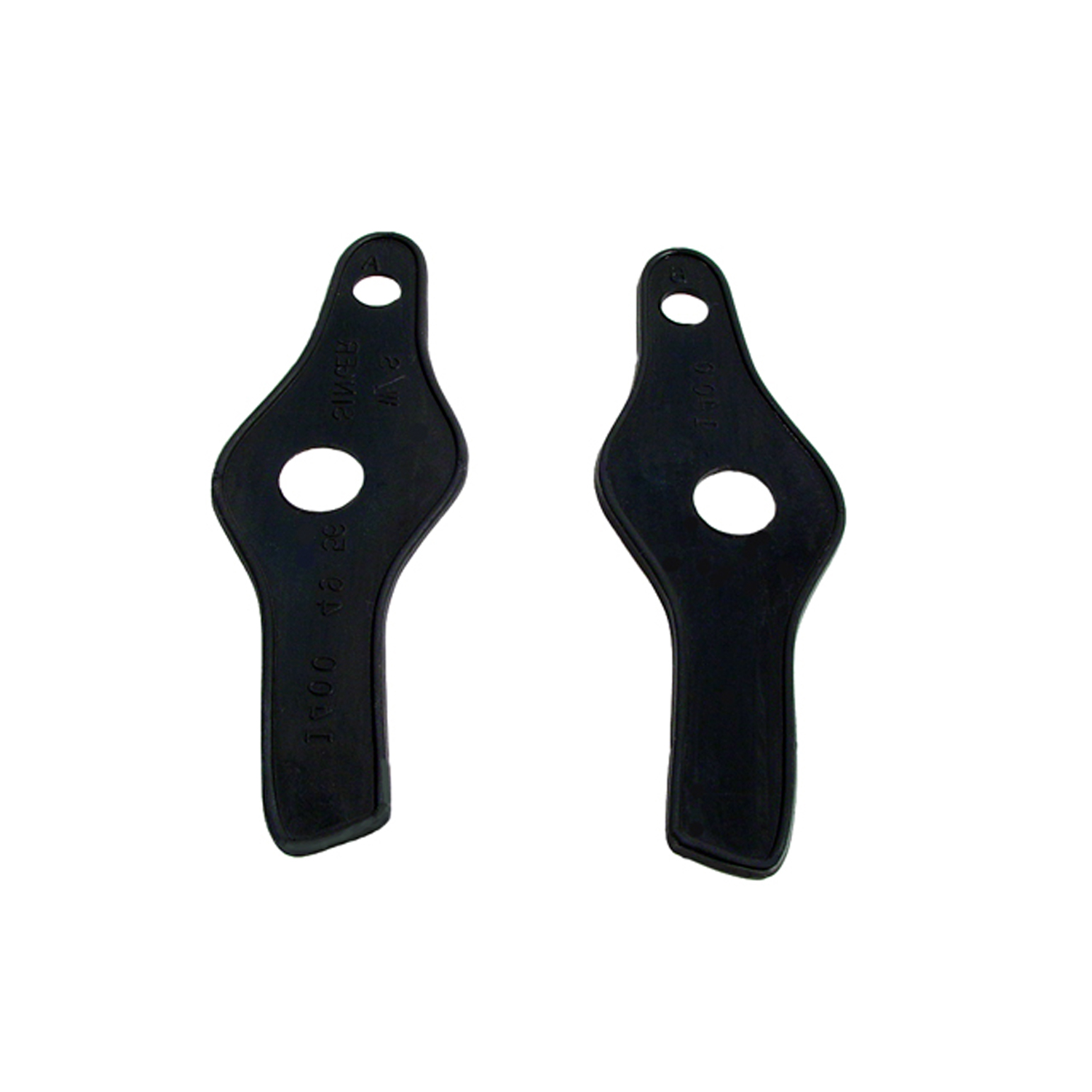 1952 Singer 4AD Windshield Post Pads. 2-3/8" wide X 6-3/4" long. Pair-MP 1400Windshield Post Pads. 2-3/8" wide X 6-3/4" long. Pair
1952 Singer 4AD Windshield Post Pads. 2-3/8" wide X 6-3/4" long. Pair-MP 1400Windshield Post Pads. 2-3/8" wide X 6-3/4" long. Pair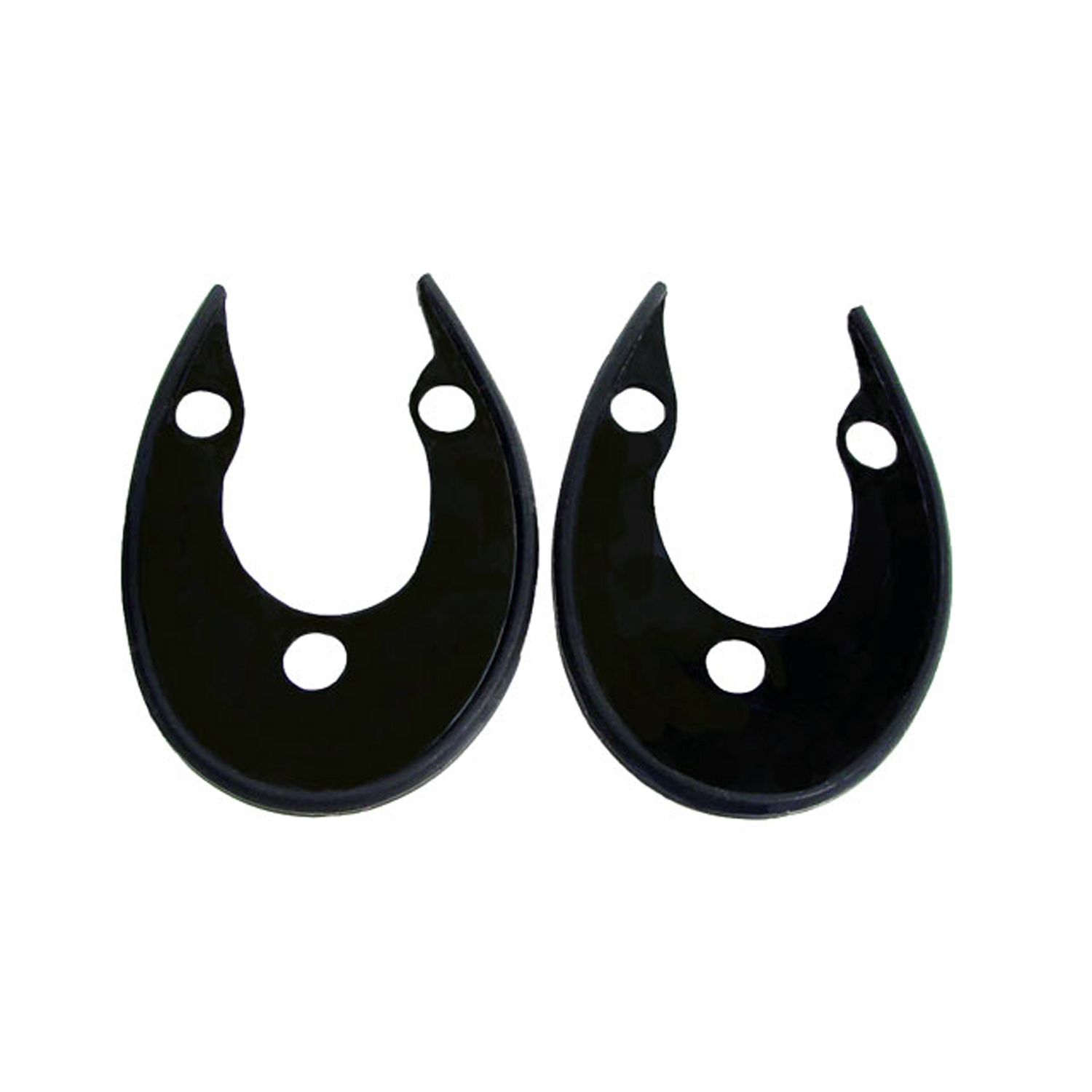 1952 Singer 4AD Tail-light Pads. 2-3/4" wide X 4" long. Pair-MP 1401Tail-light Pads. 2-3/4" wide X 4" long. Pair
1952 Singer 4AD Tail-light Pads. 2-3/4" wide X 4" long. Pair-MP 1401Tail-light Pads. 2-3/4" wide X 4" long. Pair 1952 Singer 4AD Park Light Pads. 1-1/4" wide X 2-3/4" long. Pair-MP 1402Park Light Pads. 1-1/4" wide X 2-3/4" long. Pair
1952 Singer 4AD Park Light Pads. 1-1/4" wide X 2-3/4" long. Pair-MP 1402Park Light Pads. 1-1/4" wide X 2-3/4" long. Pair 1952 Singer 4AD Trunk Lock Pad. 1-3/8" wide X 1-1/2" long. Each-MP 1403Trunk Lock Pad. 1-3/8" wide X 1-1/2" long. Each
1952 Singer 4AD Trunk Lock Pad. 1-3/8" wide X 1-1/2" long. Each-MP 1403Trunk Lock Pad. 1-3/8" wide X 1-1/2" long. Each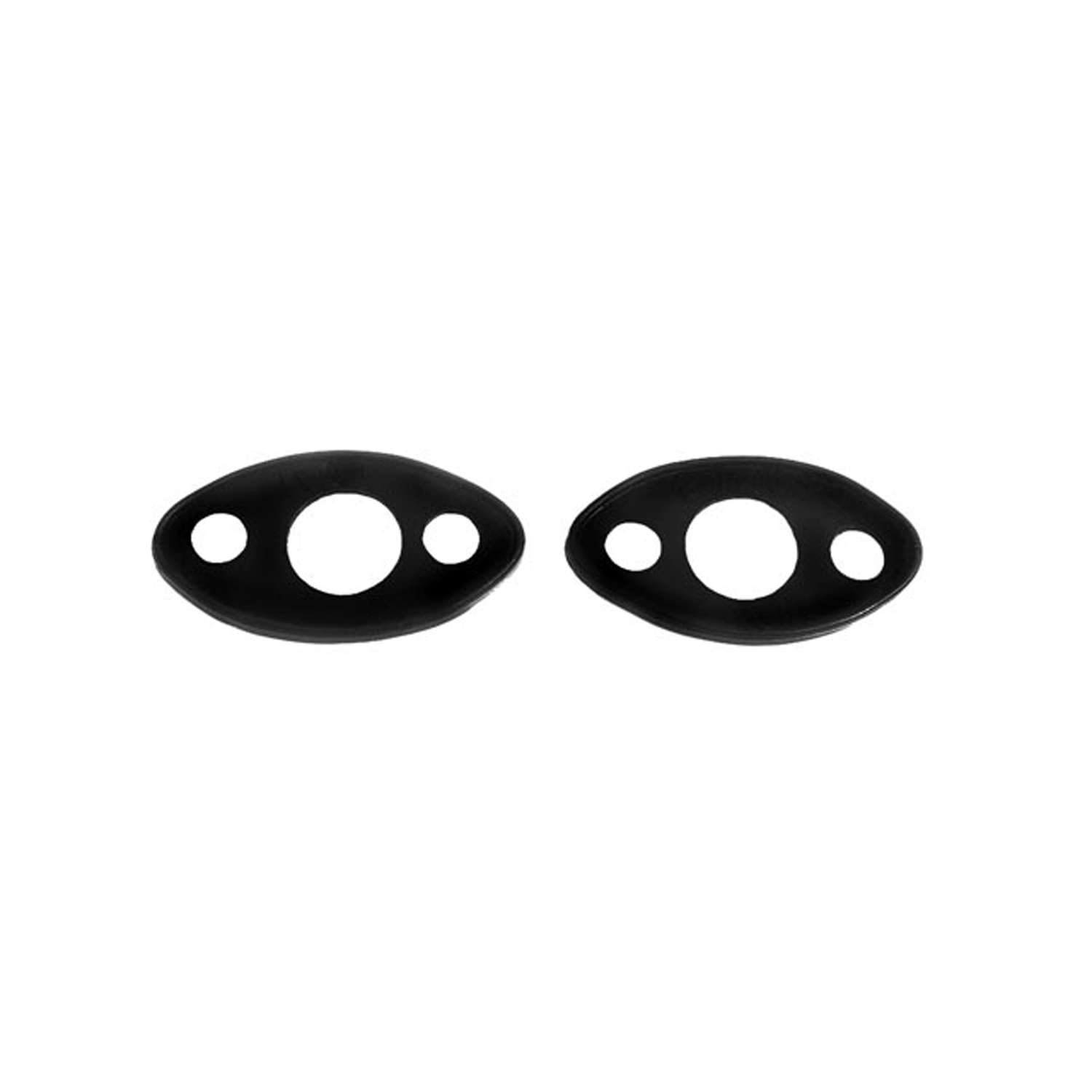 1952 Singer 4AD Door Handle Pads. 1-1/2" wide X 2-5/8" long. Pair-MP 1404Door Handle Pads. 1-1/2" wide X 2-5/8" long. Pair
1952 Singer 4AD Door Handle Pads. 1-1/2" wide X 2-5/8" long. Pair-MP 1404Door Handle Pads. 1-1/2" wide X 2-5/8" long. Pair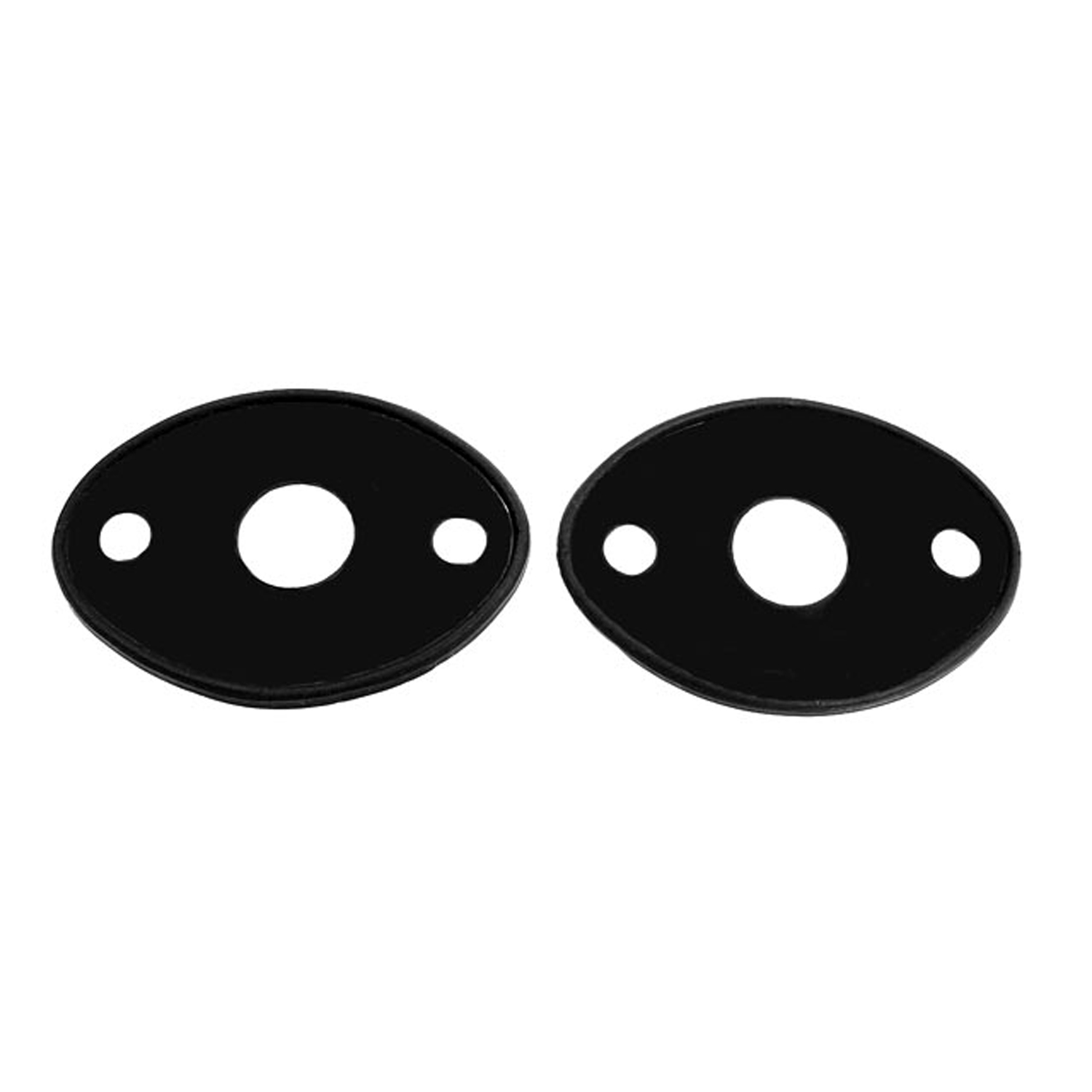 1952 Singer 4AD Headlight Pads. 3" wide X 4-1/4" long. Pair-MP 1405Headlight Pads. 3" wide X 4-1/4" long. Pair
1952 Singer 4AD Headlight Pads. 3" wide X 4-1/4" long. Pair-MP 1405Headlight Pads. 3" wide X 4-1/4" long. PairWhy Choose Metro?
For over 100 years, Metro Moulded Parts has been the pinnacle of quality in classic car restoration parts. Our commitment to precision and authenticity in every component ensures a perfect fit and an OEM-level appearance.
- Expert Craftsmanship & Quality: Each part is a testament to our dedication to reliability and perfection, crafted from original designs and thoroughly tested.
- Advanced Technology: We use cutting-edge techniques to create flawless, long-lasting parts that surpass others in performance.
- SuperSoft Sponge – The Ultimate Door Seal: Not only are our door seals 30% softer than competitors', but they're also guaranteed to never leak. They effectively reduce wind and road noise, enhancing your classic car's comfort and driving experience.
- Proudly American: Our parts are a product of American craftsmanship, made in the USA with a spirit of excellence and heritage.
- Unrivaled Warranty: We back our products with a 30-year industry-leading warranty, a testament to our confidence in their quality.
Join us in preserving the legacy of classic cars with parts that are crafted for perfection, not just made.

